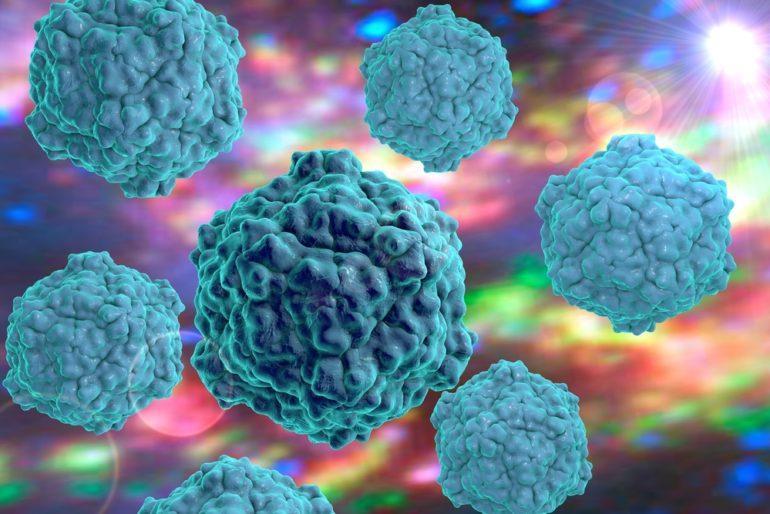LSIL results are in fact indicators of high risk HPV DNA positivity. Hence, high risk HPV DNA is detected in 83% of patients, whose cervical cytology results are LSIL in ALTS study. In addition to it, CIN 2, CIN 3 is detected in 15-30% of these patients, when colposcopy is performed. Therefore, performing colposcopy to the patients, whose cytology results are LSIL in 2006 guide, is recommended.
However, invasive cervical cancer risk is very low in the teenagers under age 21 and it is demonstrated in prospective studies performed that more than 90% of LSIL is automatically recovered within a couple of years. Therefore, young girls (<21 age) should be addressed as a special group and annual smear follow-ups are recommended for two years to this patient group instead of colposcopy.Another special patient group is also post-menopausal females with LSIL. In some studies, HPV DNA prevalence is found lower in post-menopausal women with LSIL compared to premenopausal women. Moreover, CIN 2, 3 prevalence is lower in this patient group. Therefore, it is recommended in 2006 guide that post-menopausal women with LSIL are managed as in ASC-US.Hence HPV DNA investigation or colposcopy or 3 months of close monitoring may be applied to these patients. As we prefer the cheap ways in our country's conditions, colposcopy may be evaluated as a good approach.At this point, we must mention about some patients with characteristics.In terms of women with CIN 1 diagnosis with biopsy; however, having HSIL or AGC as a result of cytology, management may be more aggressive than the women, who have CIN 1 biopsy result, ASC-US, ASC-H or LSIL cytology result.I know it is hard to understand but let me try to explain. Smear is received and CIN 3 is obtained. You are very much panicked. Your doctor performed biopsy under colposcopy and the result is CIN 1. Just relax but not very much. It is notified that even if CIN 1 is obtained in biopsy as severe dysplasia is detected in smear in such a circumstance, this CIN I may continue more aggressive than other CIN I (for example, CIN 1 in smear and CIN 1 in biopsy).Observation is basic in the treatment of CIN 1. The question is "How much should we monitor? " Although different sources provide different periods, basically they should be monitored between 1.5 and 2 years and following surgical treatment, in other words conization may be applied. Frankly I frequently perform conization in my practice on the patient with continous CIN I smear result in the periods between 1 and 1.5 years (especially if HPV typing is high risk HPV types).
29 Temmuz 2016 tarihinde Prof. Dr. Süleyman Engin Akhan tarafından yayınlanmış ve 20 Kasım 2018 tarihinde de son güncelleme yapılmıştır.

